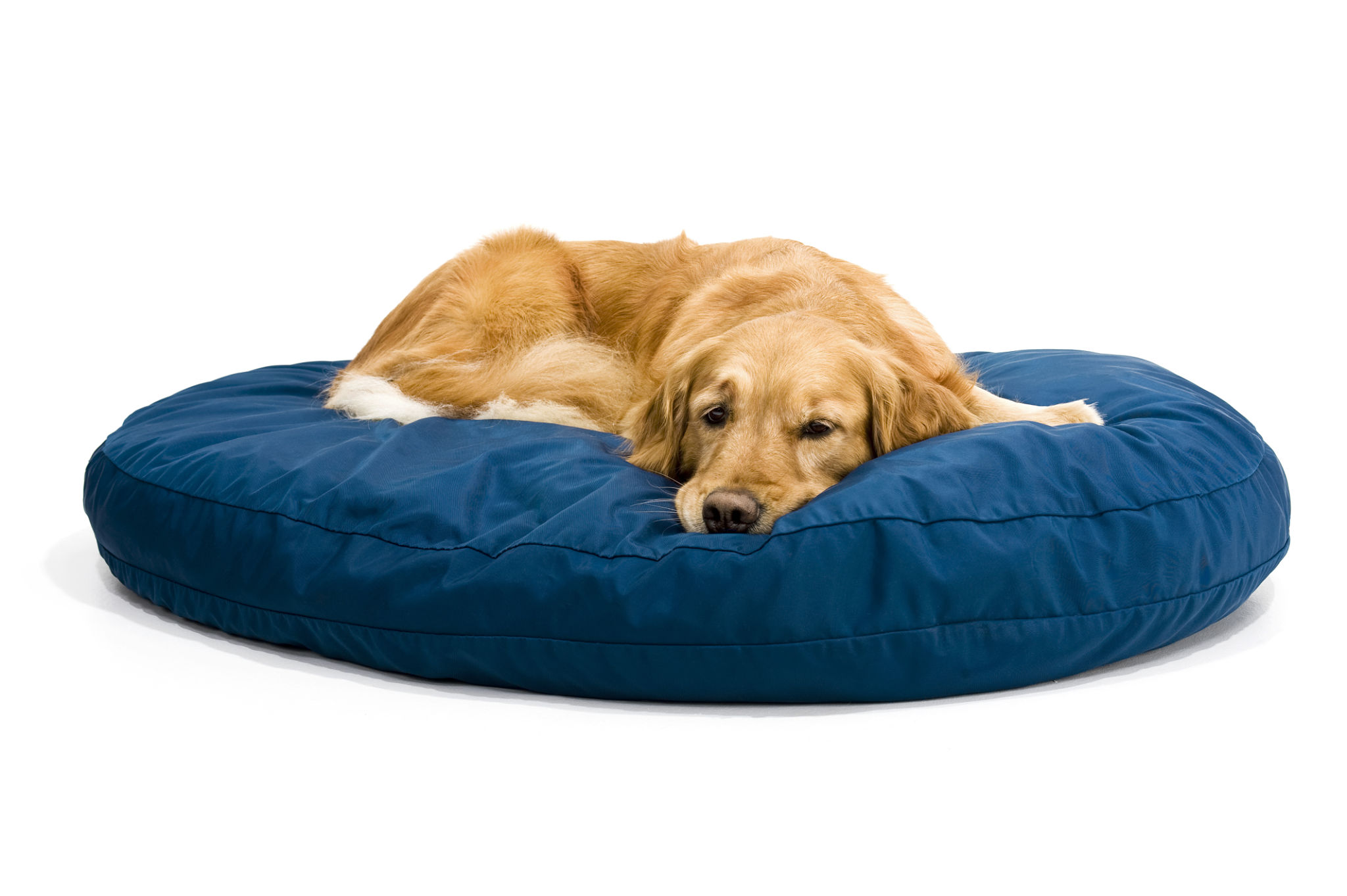The Journey to a Fear-Free Dog: Techniques and Benefits
Understanding Canine Fear
Many dog owners are all too familiar with the signs of fear in their furry friends. Whether it's trembling, hiding, or excessive barking, fear can manifest in numerous ways and can be distressing for both the pet and the owner. Understanding the root causes of fear is the first step in addressing it. Common triggers include loud noises, unfamiliar environments, and negative past experiences. By identifying these triggers, owners can begin the journey toward helping their dogs lead a fear-free life.
It's crucial to recognize that fear is a natural response and can vary in intensity from mild discomfort to full-blown phobias. Each dog is unique, and techniques to alleviate fear will differ based on individual needs.

Techniques for Reducing Fear
Desensitization and Counterconditioning
One effective method for reducing fear is desensitization, which involves gradually exposing the dog to the fear-inducing stimulus at a low intensity. Over time, the dog becomes accustomed to the stimulus and learns that it poses no threat. Coupling this with counterconditioning, where the presence of a feared object or situation is associated with positive experiences like treats or playtime, can significantly reduce anxiety.
Creating a Safe Haven
Providing a safe space for your dog is another essential technique. A designated area filled with familiar toys and bedding can serve as a refuge during stressful times. This comfort zone should be easily accessible and free from any potential stressors.

Using Positive Reinforcement
Positive reinforcement is a powerful tool in encouraging calm behavior. Rewarding your dog with treats, praise, or affection when they remain calm in a previously fearful situation helps reinforce confidence and reduce anxiety over time.
The Benefits of a Fear-Free Dog
Improved Quality of Life
A fear-free dog enjoys a vastly improved quality of life. When fear is minimized, dogs are more likely to engage in playful activities, explore new environments, and interact positively with people and other animals. This enhanced engagement leads to better physical health and mental well-being.

Strengthened Bond with the Owner
Addressing a dog's fears can significantly strengthen the bond between pet and owner. As the dog learns to trust its environment and handler, interactions become more enjoyable for both parties. The cooperation required in training and desensitization exercises fosters mutual understanding and deepens the emotional connection.
Preventing Behavioral Issues
By tackling fear early on, many behavioral issues such as aggression or destructive tendencies can be prevented. Dogs that feel secure are less likely to react out of fear, leading to a more harmonious household. Proactively managing fear also reduces the likelihood of stress-related health problems.
In conclusion, the journey to a fear-free dog requires patience, understanding, and consistent effort. By utilizing techniques such as desensitization, creating safe spaces, and positive reinforcement, owners can help their dogs overcome fears and enjoy a happier, healthier life.
